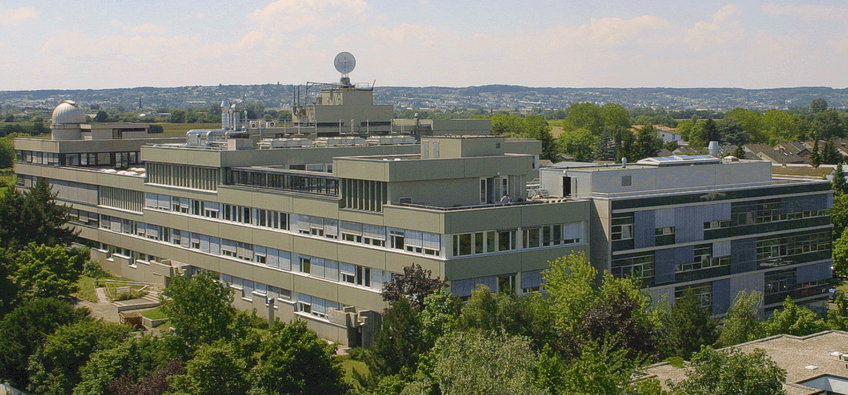
Max Planck Institute for Radio Astronomy
The Max Planck Institute for Radio Astronomy in Bonn has left its mark on the terrestrial landscape: a gigantic white dish that towers into the sky near Effelsberg in the Eifel hills – the 100-metre telescope. When the scientists there or at the other antennae worldwide reach for the stars, the weather does not necessarily have to be good, as radio waves can pass through clouds. In this spectral range, which is invisible to the human eye, the researchers observe both infant stellar objects and stars frail with age, molecules in the interstellar medium and far away radio galaxies, and the centre of the Milky Way and magnetic fields, as well as dust and gas at cosmological distances. And since one telescope on its own is often not sufficient for all this, the radio astronomers in Bonn work with so-called interferometry – they link together several other antennae around the world to form a “giant eye”.
Contact
Auf dem Hügel 6953121 Bonn
Phone: +49 228 525-0
Fax: +49 228 525-229
PhD opportunities
This institute has an International Max Planck Research School (IMPRS):
IMPRS for Astronomy and AstrophysicsIn addition, there is the possibility of individual doctoral research. Please contact the directors or research group leaders at the Institute.








